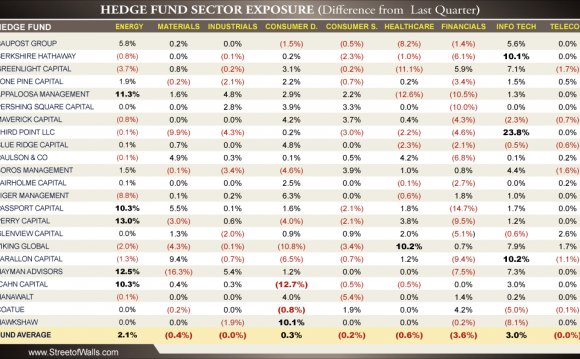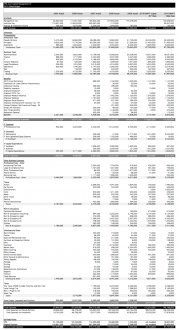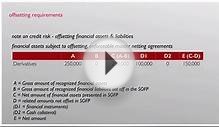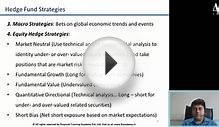
 Hedge funds are independently controlled and infamously secretive investment businesses with huge amounts of bucks in assets. Here's a document listing every one of the income, salaries, and spending for just one hedge investment over a long period.
Hedge funds are independently controlled and infamously secretive investment businesses with huge amounts of bucks in assets. Here's a document listing every one of the income, salaries, and spending for just one hedge investment over a long period.
This document, supplied to united states by a resource, is an interior spreadsheet from a New York hedge investment called TPG-Axon Capital, showing its earnings and prices for many years 2005-2010. The firm is headed by Dinakar Singh, previously an extremely put partner at Goldman Sachs. Whenever shown the document, TPG-Axon spokesperson Mary Lee informed united states, "The document isn't genuine, nor perform some figures make sense." Lee couldn't respond to a request for more certain facts about that which was wrong or inaccurate towards document and its particular data.
Our supply provided united states with corroborating papers supporting our supply's claim that this document is real.
The chart shows the payment when it comes to fund's three "initial Partners, " and for its "Investment Team, " which numbered in the area of 30 men and women throughout the second many years shown on the chart.
We offer this document just as an illustration of figures behind the operation of a hedge fund, both prior to, during, and after the financial collapse of 2008. We encourage people with economic expertise to pore over this document and leave your findings in the discussion part below. We're going to note just a couple things:
•For a concrete demonstration of the reason why the common American cannot realize our nation's taxation legislation, look no further than the discrepancy between exactly what this company paid in taxes, and what the lovers stepped away with each 12 months. In 2007, including, the firm's total taxes were $1.67 million, although the complete "Distributions" to your company's Original Partners found 1.4 million. [Clearly, the firm's taxes do not range from the tax (or "transported interest" income tax, that is far lower than a normal individuals tax price) that could be compensated on those distributions. However, the gap between your revenue produced by the company additionally the taxes it pays away as a line product appear jaw-dropping toward naked-eye. We encourage any tax or finance experts to weigh-in on these numbers with an additional explanation.]
 • What could "partner discretionary" expenses—totaling over .6 million in 2008—possibly consist of, that does not fall-in any of the various other listed groups? (realize that the "Entertainment" group was not included until 2010.) You'll have to imagine.
• What could "partner discretionary" expenses—totaling over .6 million in 2008—possibly consist of, that does not fall-in any of the various other listed groups? (realize that the "Entertainment" group was not included until 2010.) You'll have to imagine.
• the staff were evidently quite well provided. Last year, as an example, the company invest 7, 000 on "workplace Catering, " as well as $209, 000 on "Pantry products."
• Interesting expenses for 2007: $17, 000 on Parking, vs. $535, 000 on "automobile Service" that same year; and $33, 000 in "gift suggestions." Just what had been the presents? Not parking places, apparently.
• It's not hard to tell the company's lot of money's declined after 2009. Last year, they spent $39, 000 on flowers; this season, they spent nothing on plants.
• You can determine a rough ballpark figure for complete sum of money the firm ended up being handling by assuming that complete "Management costs" in per year are between 1.5%-2percent of total possessions under management. For 2008, for instance, that would mean that the company had been handling something similar to $15 billion.
• we are informed the "2010 Lights On" group is a situation built to go over how deep expenses could realistically be cut for year of 2010, whenever things ended going very well. It's hypothetical.
YOU MIGHT ALSO LIKE












